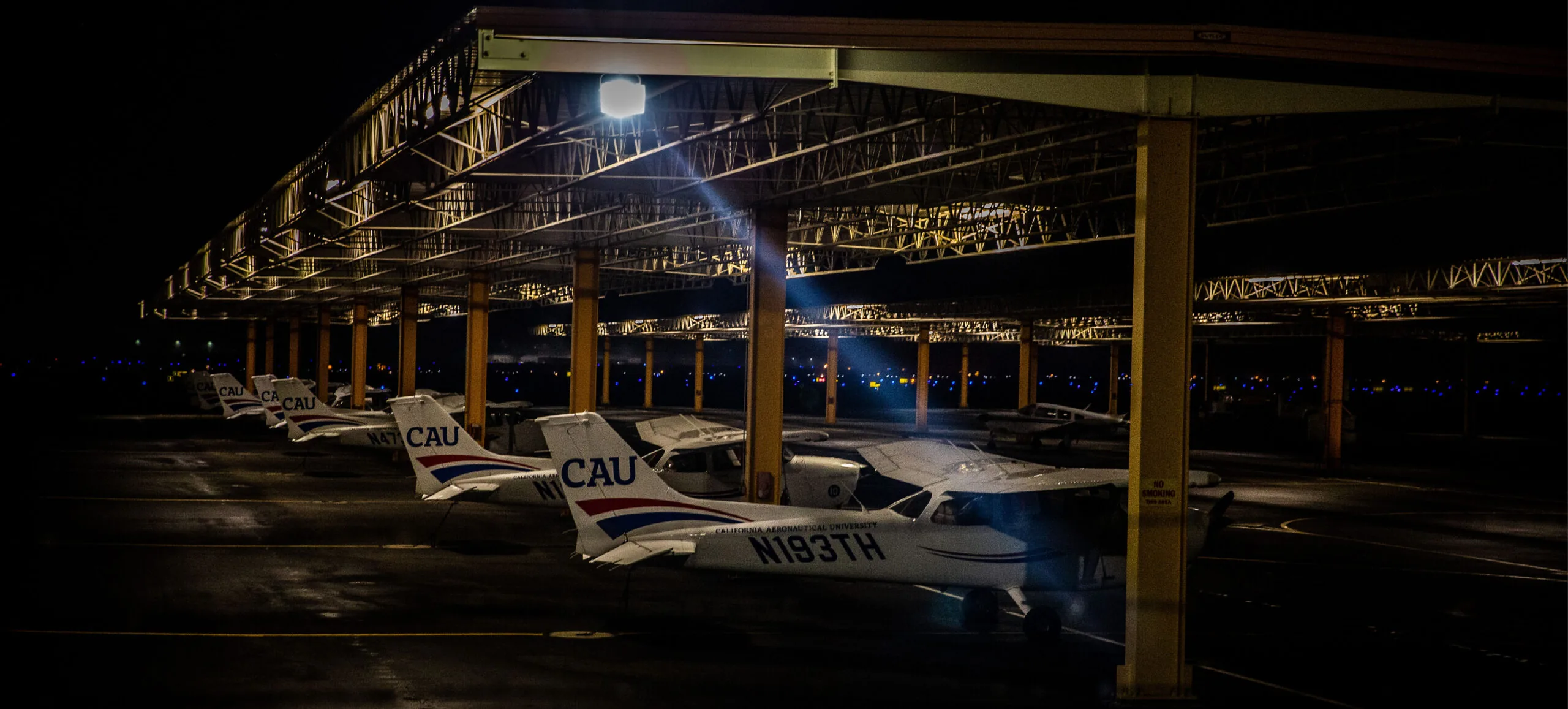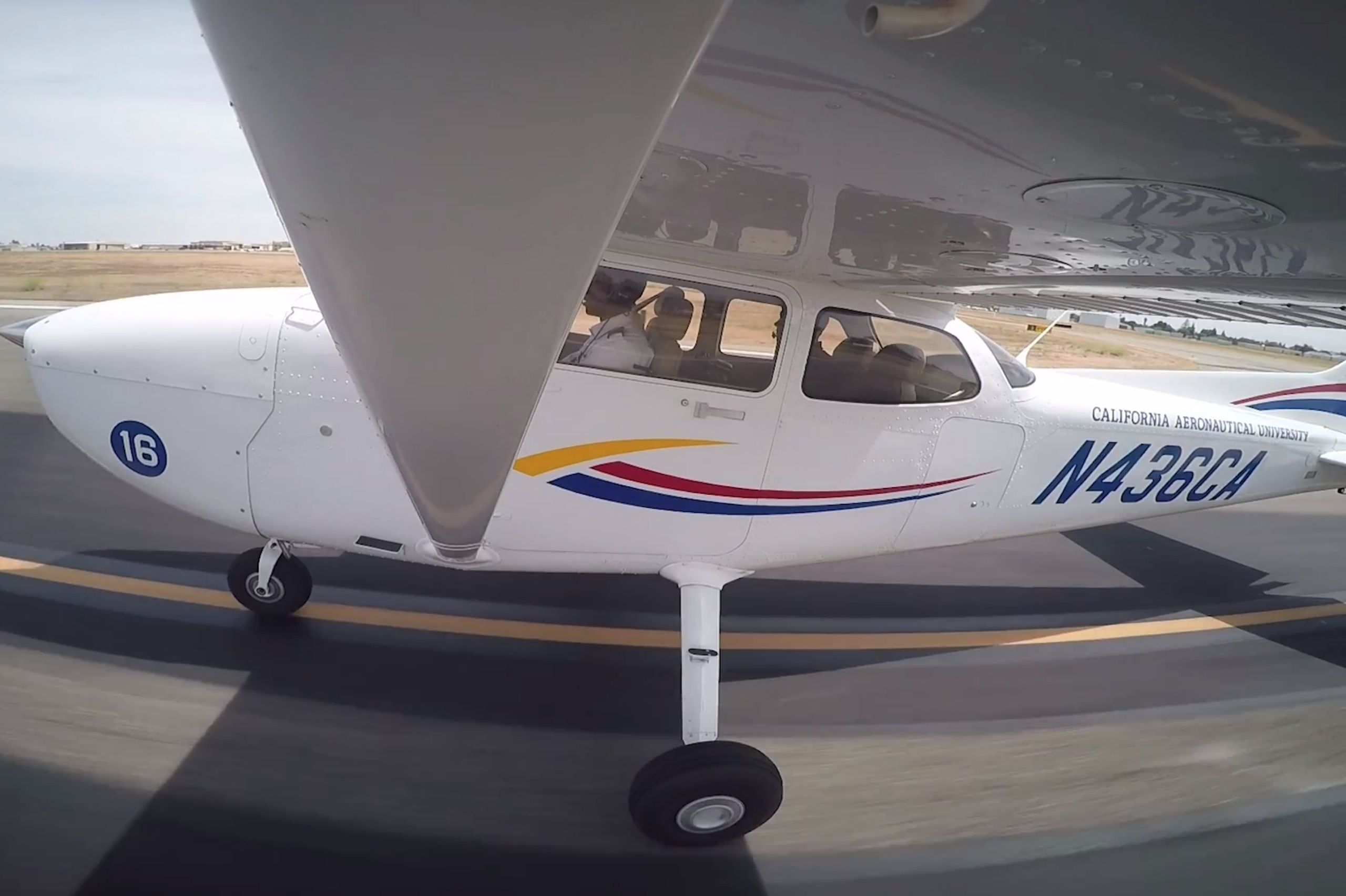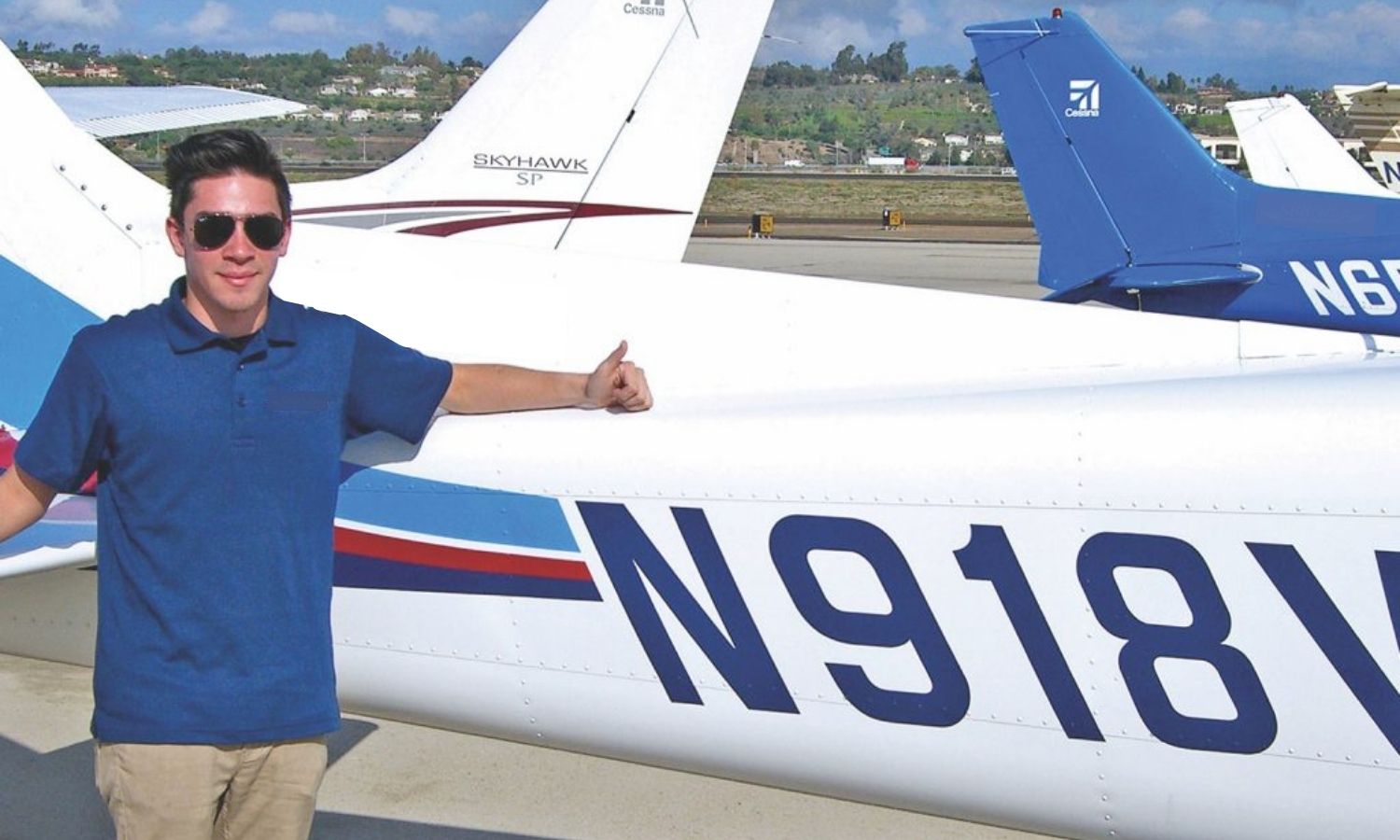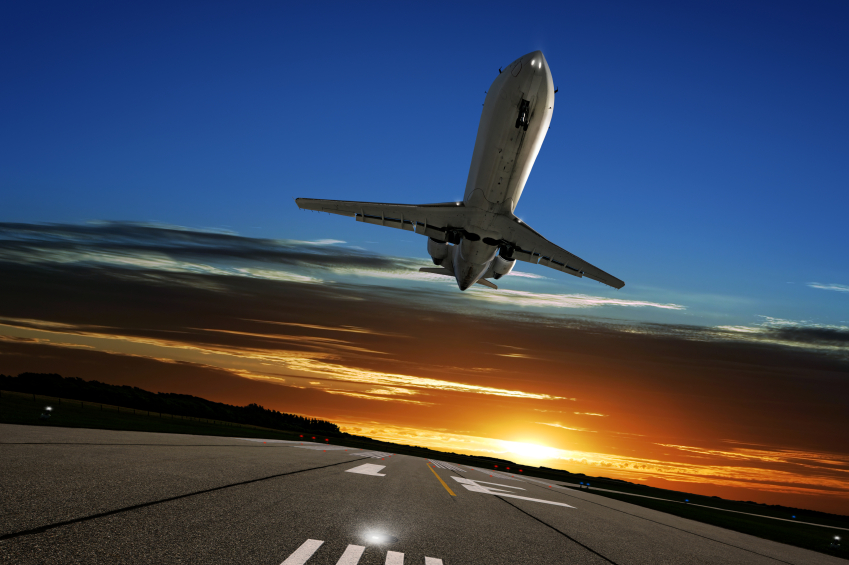Do you struggle sometimes to communicate your passion for flying? It can be difficult to convince people of its merits who only view flying as a source of mass transportation, or who feel frightened to experience aviation in “one of those little airplanes.” Veteran pilots who have logged thousands of hours and overwhelmed student pilots can both disconnect with the emotional experience of taking to the skies while focused on their instruments and weather reports, but something always keeps us coming back to the cockpit: The indescribable thrill of flying.
Why did you start flying? What is it about it you love best? There’s a reason why it can be difficult to end a conversation between pilots at a conference or fly-in. Each pilot has a story to share of how they came to know it. When we as pilots discuss engineering details, points of navigation, and runway length, we might appear to be exchanging information and opinions, but we’re actually sharing in what we love best.
If you would like to share the indescribable thrill of flying in a new way, or find a new format of expressing it, here are a few books which manage to make the indescribable thrill of flying… describable.
The Right Stuff is typically categorized as a history of the early space program, but guess what the early space program grew out of? Who were the earliest astronauts? They were all test pilots who knew what it was like to push a machine to its outer edges. If you’ve only seen the movie, you’re certainly missing out on much of the story. Wolfe’s celebration of the test pilots’ bravery and demeanor as the rocket age began is one of a kind. Although not a pilot himself, Wolfe’s journalistic techniques, outrageous sense of humor, and ability to turn the English language on its head has made this a modern classic.
The Right Stuff focuses not on the German rocketry behind the space race, but what it was like for Chuck Yeager and his brethren to put their lives on the line every day. He focuses on the need for pilots to live bravely in addition to acting as calculating engineers who also had an intuition for what their airplanes were telling them, not to mention what their wives were suffering on the ground. The film simply doesn’t do it justice.
Carrying the Fire, Michael Collins
Before he was a member of the “Next Nine,” the second class of NASA astronauts, Michael Collins was a test pilot. Collins is also one of the finest astronaut-writers America has ever produced. He was inspired by John Glenn’s orbital flight and was thrilled by the idea of “being able to circle to globe once every 90 minutes, high above all the clouds and turbulence!” His love of flying, then, led to his desire to become an astronaut. Carrying the Fire is hilarious, eloquent, moving, and an unparalleled personal perspective of man’s greatest adventure. It is one of the best books by an astronaut and perhaps also the most interesting source about the Apollo program. Collins is now 88 years old and, wonderfully, tweeting back and forth with his former Apollo 11 crewmate, Buzz Aldrin, who is 89.
Wind, Sand and Stars and Night Flight, Antoine de Saint-Exupery
This French author is the great poet of aviation. A member of the French Air Force and airmail pilot, and best known for the children’s book The Little Prince, he is also the author of Wind, Sand and Stars, as well as Night Flight. Saint-Exupery vanished in his P-38 in 1944 while flying a reconnaissance mission in Corsica; his disappearance remained a mystery until the remains of his flight suit were discovered in 1998 and his aircraft at the bottom of the Atlantic in 2000. He remains a tremendous hero in France. If you are struggling to find a way to express in words your love of flying, or feel as if you are alone in how you feel about it, Saint-Exupery is your man. He truly understood the emotional component of aviation.
The Wright Brothers by David McCullough
You might think you know the story of the Wright Brothers, but this brave and fascinating duo always have stories to tell. Get to know them and the story of early flight better in this terrific book by one of America’s foremost historian. You’ll learn not only about the flight at Kill Devil Hills in 1903, but the riving tale of how they beat out a government-sponsored scientist and the rest of the world to the skies, as well as details about their decades-long spat with the Smithsonian Institution. The Wright Brothers also focuses on the early lives of Wilbur and Orville, as well as their motivations to unlock what made flying possible. It’s always important for pilots to remember where we came from and how far aviation has come in such a short time, and this is a tremendous resource for recalling the journey.
The Cannibal Queen, Stephen Coonts
Stephen Coonts is best known for his fighter pilot fiction, but The Cannibal Queen is nonfiction. Coonts flew a World War II trainer around the nation in the late 1980s-early 1990’s. While a modern work, The Cannibal Queen has an old-fashioned quality. It focuses on lower-level flight and describes the people and places Coonts discovered during his journey. He mixes technical details with a discussion of everyday pilot life. While other books in this list were focused on speed and striving, The Cannibal Queen and its main character, a 1942 biplane, takes its time. It’s an airplane with an open cockpit, and its adventures in small aviation are interesting for not only anyone who has experience general aviation, but who wants to learn more about it. Especially in an era of glass cockpits, GPS, and apps, this is a view into not only what aviation during WWII was like, but also before the era of flying by satellite.
Ready to soar in your aviation career?
Mr. Matthew A. Johnston has over 23 years of experience serving various roles in education and is currently serving as the President of California Aeronautical University. He maintains memberships and is a supporting participant with several aviation promoting and advocacy associations including University Aviation Association (UAA), Regional Airline Association (RAA), AOPA, NBAA, and EAA with the Young Eagles program. He is proud of his collaboration with airlines, aviation businesses and individual aviation professionals who are working with him to develop California Aeronautical University as a leader in educating aviation professionals.










